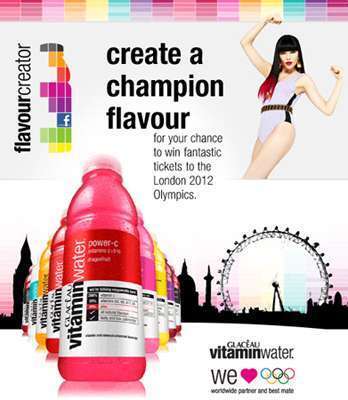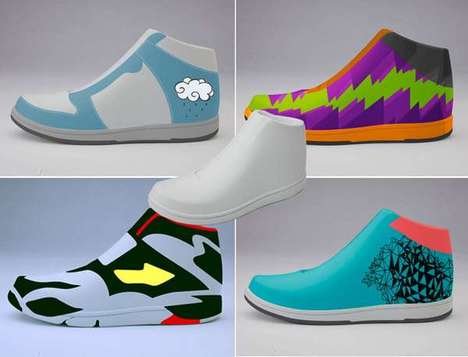Using Crowdsourced Marketing Campaigns to Involve Online Consumers
Related Trend Reports
Art & Design, Branding, Business, Humor, Interactive, Internet, Life, Social Media With consumer engagement the ultimate goal, many brands are looking to crowdsourced marketing initiatives as a primary marketing strategy to encourage involvement from online consumers.
With consumer engagement the ultimate goal, many brands are looking to crowdsourced marketing initiatives as a primary marketing strategy to encourage involvement from online consumers. The main reason is that crowdsourcing allows a brand to ensure that its messaging and products are in line with what its customers want. Ideally, the crowdsourced marketing plan will engage customers in a way that results in relevant input, something the brand can use in future marketing programs and promotions. As writer Greg Miller of 18 Stories says, "The collective interest it gathers can increase brand awareness, brand interaction, and sales." Crowdsourced marketing programs allow a brand to understand what will capture a fan's interest, thereby stimulating more positive word-of-mouth than a traditional marketing campaign (not involving consumers) ever could.
This collaborative approach to marketing has been seen among brands, from big to small, around the world. For instance, Trend Hunter recently featured a crowdsourced marketing campaign from Lay's potato chips. It's 'Do Us a Flavor' contest asked online fans to submit ideas for a new flavor of Lay's chips via a Facebook app. The campaign also involved consumers through a pop-up shop in New York City that allowed passersby to sample new chip flavors and submit their own. Similarly, Wendy's launched a Facebook campaign asking users to submit T-shirt designs reflecting the Wendy's brand in return for prize money and the chance to have their tee sold on the brand's online store. Other brands that have successfully used crowdsourced marketing campaigns to involve consumers in the creative and design process include Nestle's Kit Kat, Samuel Adams, Rolling Stones magazine, Levi's, McDonald's and more.
An interesting crowdsourced marketing opportunity has also emerged for brands that want more input on what to produce in the future. For brands like Nike, Quicksilver, Oakley and more, a platform such as Krush helps them discover what consumers like and don't like through user votes. While users receive rewards for their votes, brands receive feedback as to what to produce in their next product lineup, in addition to a general understanding of what their customers will demand in the future.
Crowdsourced marketing provides more potential for consumer involvement and helps a brand to better understand what its customers demand and expect. Uncover more crowdsourced marketing campaigns and strategies by downloading Trend Hunter's Marketing Trend Report, as well as accessing our PRO Trends database for trends such as Crowdsourced Change and Collaborative Communities.
References: trendhunter, trendreports
Featured Articles

Crowdsourced Error Mocking
Group mockery helps Internet users find the joy in mistakes

Collaborative Communities
A resurgence in empathy inspires us to work with strangers

Crowdsourced Campaigns
Letting consumers aid in marketing and branding products

Community DIY
Crowdsourced customization lets customers collaborate for tangible results

Crowdsourced Entrepreneurship
Crowdsourcing taps the public to synthesize and create

Crowdsourced Change
Social good is increasingly powered by crowdsourced campaigns